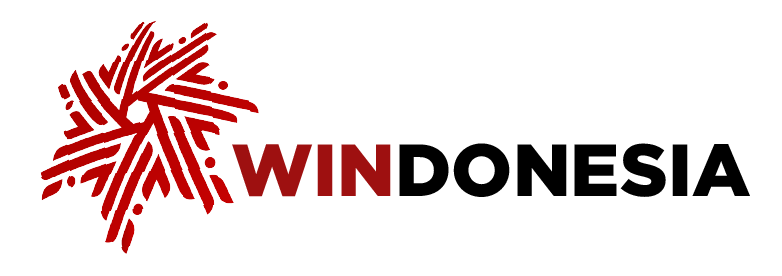Latest News
The North Maluku Province economy soared 32.09 percent year-on-year (yoy) in the second quarter (Q2) of 2025, the highest in Indonesia for the period. The highest economic growth rate achieved by its regencies and cities reached 70 percent yoy. North Maluku Governor Sherly Tjoanda Laos stated that the high growth proves the provincial government's seriousness about creating a favorable investment climate so investors could grow their ventures optimally.
"North Maluku has the highest economic growth in Indonesia, and perhaps in the world, though I do not know the exact data [for comparison]. In comparison to the national growth target was 8 percent, [and] the current [national economic growth rate] of only 5 percent, our economic growth in North Maluku Province was 32 percent," Sherly stated at the Landbank Strategic Partnership Forum at Wisma BNI 46 in Jakarta Special Capital Region (DKI) on Oct. 23, 2025.
Based on data from Statistics Indonesia (BPS) as of the end of 2024, Sherly continued, the total value of investments in North Maluku Province reached about Rp 60 trillion. Sherly stated that the North Maluku Provincial Government is currently focusing on improving land utilization to optimize coconut cultivation, a leading commodity in the province.
She added that coconuts and their derived products are in very high demand, including for the fruit itself, coconut milk, and coconut cream. The demand for coconut milk alone reaches 1 million liters per day, and the world is currently experiencing a coconut shortage.
Meanwhile, North Maluku currently produces around 6 million coconuts per day. There are at present two coconut-derived product factories in the province, with two more under construction. Sherly believes that the region still has significant potential for development.
Of the total 273,000 hectares (ha) of Other Use Areas (APL), only 70,000 ha have been utilized for agricultural commoditties. The remaining 220,000 ha of idle land could be mapped and used to grow commodities such as coconuts.
"North Maluku has idle land ready to be optimized for coconut cultivation. In addition, there are corn, cloves, nutmeg, and cocoa. Through a partnership with the Land Bank Agency, legal certainty and land legality is expected be more secure and [confirmed] faster," said Sherly.
"Direct access to strategic areas can also be synchronized with spatial planning according to data from us, the provincial government, and we will provide thorough assistance and services to ensure optimal investment for investors," she continued.

